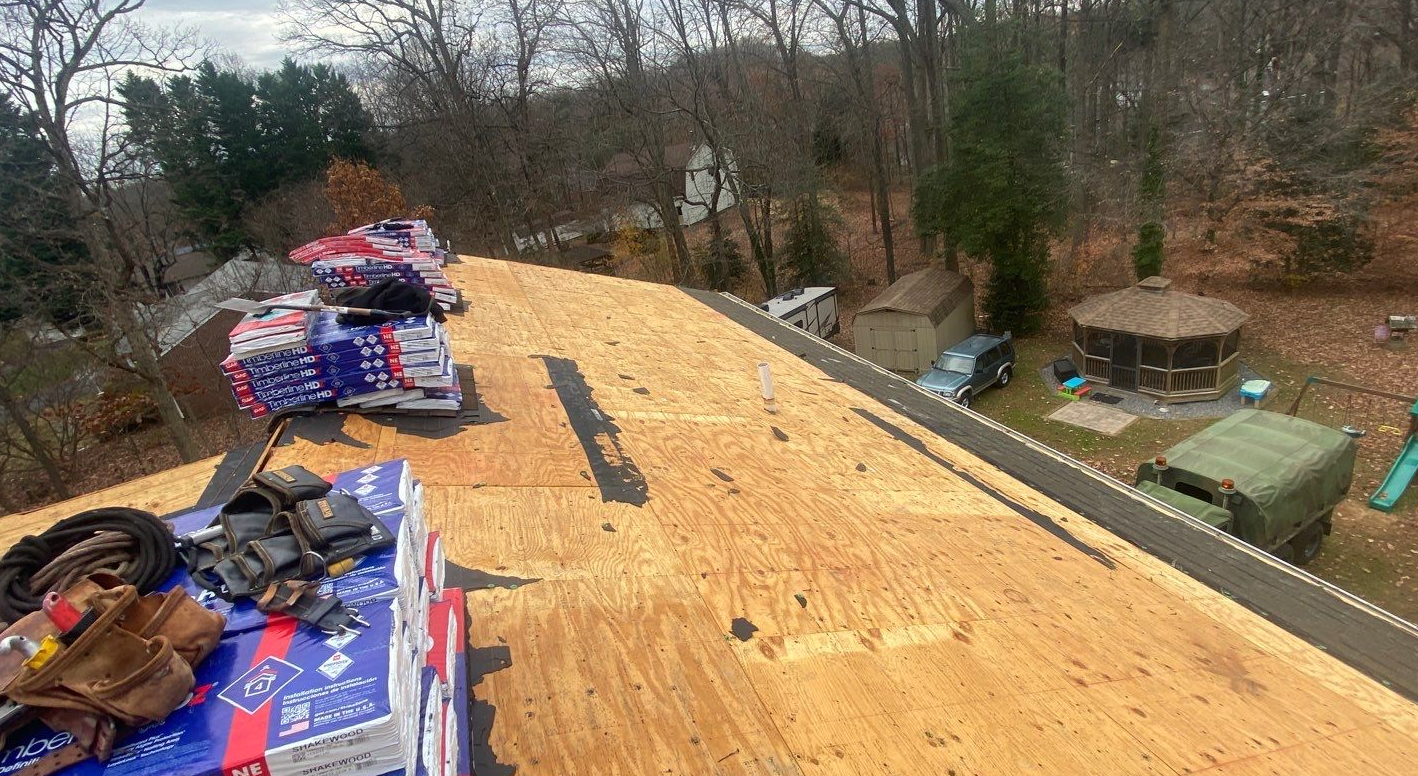The roof of a building protects its inhabitants from the elements. But what happens when the building’s roof gets hit by a storm or damaged by a tree or fire?
Filing a roof insurance claim as soon as possible will get you on the road to protecting your structure.
Suppose your insurance company agrees to cover the damage. In that case, they will typically want to see an estimate of how much the repair costs. You’ll need to document the renovation progress with photos and video. Plus, review an itemized list of what materials the contractor used.
Are you wondering how to file a claim? Read below to learn how to file a roof repair insurance claim with a quick payout.
Filing a Roof Insurance Claim
Customers pay for insurance and expect to be covered when something happens. Unfortunately, many companies don’t deliver on that promise and offer sub-par service.
Roofing insurance is one area insurance companies do better at. Roof insurance claims can be a smooth process if you understand your coverage.
Locate your roof insurance claim documents for information on the claim filing process. Next, make sure you understand the roof coverage included in your policy. Finally, notify your carrier immediately to let them know about the loss and ask if they have an online portal to submit your claim.
How to Assess Roof Damage
After a severe storm has passed, it is essential to walk around the property’s exterior and do an inspection. Inspect the gutters, downspouts, and any visible damage to the roof, including tree damage.
In addition, inspect exterior siding, gutters, and shingles for any signs of damage caused by wind or hail. High winds can easily tear shingles, exposing the roof underlayment to moisture.
Pieces of metal debris may also be visible from the roof’s metal flashing, fascia, or around the chimney. Additionally, the roof likely has damage if you see fallen trees in the yard.
The Roof Insurance Claim Process
The first step of the claim filing process is assessing storm roof damage. Next, you want to contact the insurance company. They will likely ask if you have water damage in the interior.
Moreover, your insurance provider may offer water mitigation services once they detect water damage. If so, you should consider using the service. Some companies will limit water damage claims if you don’t.
Next, they will schedule a claims adjuster to come out and inspect the damage. When a catastrophic disaster occurs, the insurer may accept a claim using your photos and video.
The insurance company may also take a report from a certified roofing contractor.
Compliance and Deadlines
When it comes to a roof claim, time is of the essence. Your storm roof damage has a claim filing deadline. Plus, the longer damage sits on your roof, the more moisture and dirt build up, making it look like wear and tear instead of damage.
Most commercial insurance policies require you to file a claim within one year of the time the damage occurred. However, time limits are set by the state, so that they may vary. Ask your insurance agent to ensure you don’t miss the storm damage claim deadline.
Without a doubt, hiring a roofing company after a bad storm is a good idea. They can inspect your roof to make sure there’s no unseen damage. This way, you won’t lose the ability to get storm damage coverage if it isn’t easily visible.
It’s also important to act quickly to avoid paying out of pocket for repairs, which can be very expensive if the damage goes untreated.
What if Your Insurance Denies the Claim
Suppose you fail to file the correct paperwork or provide the insurance company with incorrect information. In that case, the roof insurance claim might receive a declinal.
Some insurance companies try to deny your claim by saying it’s just cosmetic damage, not structural. The inspector might not have noticed the underlying damage.
Furthermore, a denial could mean the repair cost is lower than your deductible. Most policies have different deductibles for wind claims, so you might have to pay more than you would for other claims.
Ensure you have a good roof contractor who can assess the damage with you and the adjuster. If your insurance company denies your claim and you disagree with what the adjustor said or did, you can appeal. Simply ask for a new inspection.
It’s important to note the appeals process can take a while, and you could end up with more damage than you bargained for. Call if you don’t hear from your insurance company after the resolution date. If they don’t respond to you or your appeal isn’t accepted, you can file a complaint with the state.
After Your Roof Claim is Approved
Once your roof claim is approved, you’ll have a window of time to repair your roof. After the contractor completes the work, your insurance company will ask for proof of the roof repairs or replacement.
Contractors will place what’s called a mechanic’s lien on your property. A mechanical lien allows contractors to register the len with your city’s permit department. If you fail to pay the contractor, you can get sued or be unable to sell your property until the debt is satisfied.
Work out the payment terms before work starts. Whether the insurance company pays the claim or a portion, the property owner is legally liable for the cost of roof repairs.
Last, ensure you understand the insurance company’s payment process. Ask them how long it will take to get payment. Also, check your state’s regulations to see how soon the insurer must reimburse you.
Choosing a Contractor for Your Roof Repairs
Emergency roof repair can be stressful and pricey. There are various ways to ensure repairing roof damage is an easy process.
The best way to ensure your building is safe and secure is to hire a roofing company to inspect your roof insurance claim.
Landmark Roofing can provide you with all the info you need. Get an inspection for your storm roof damage.
Contact Us
After starting his first business at age 26, Artie Hendricks partnered with his best friend Rob Calhan and they have assembled a team of skilled and conscientious friends to be the core of Landmark Roofing. He largely credits his father’s strong and consistent work ethic and his father’s best friend Jerry, who owns a construction company and trained him through his first building experiences. Artie has since advanced through degrees in architecture, auto-CAD and construction management to build a business that prides itself on the care it shows for its work and its customers’ satisfaction.






